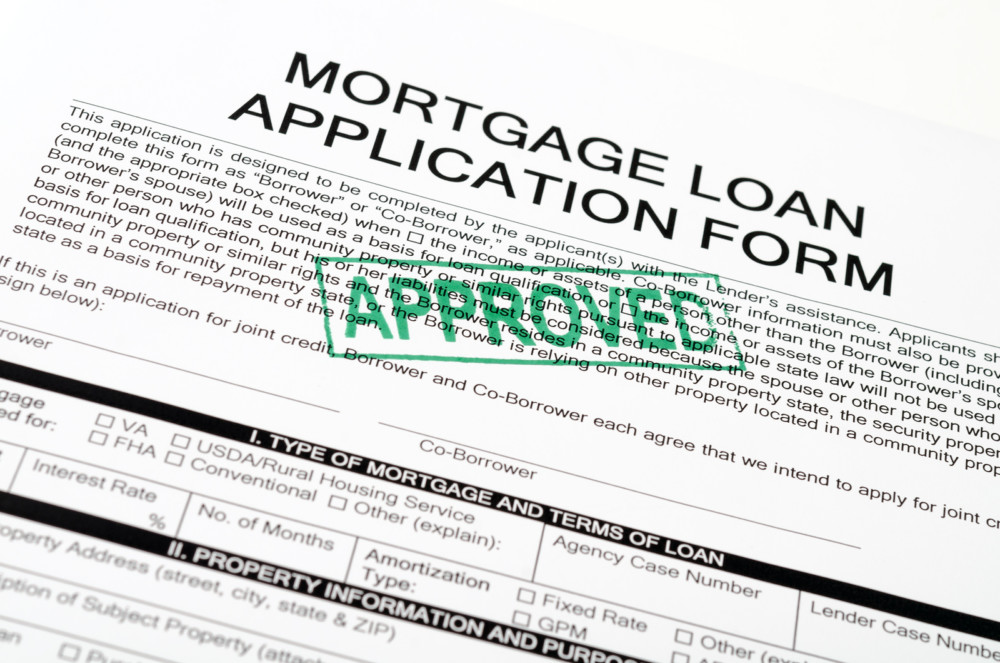Purchasing a home in New York City is far from cheap. For homes in NYC, the costs come from the price of the property and the closing costs. The high taxes in New York mean closing costs can be as high as 5-6% of the purchase price. NYC’s closing costs have been rising for the past few years as lenders are forced to comply with the ever-changing mortgage regulations. So if there were any way to save on these costs, you’d naturally want to hear about it.
Enter the CEMA loan or Consolidated Extension Modification Agreement. A type of loan only available in New York. They are often used by homeowners who are looking to refinance their mortgages. In some rare cases, you’ll also see homebuyers using it.
What are CEMA loans?What are CEMA loans?
Most CEMA loans go to homeowners who want to refinance their mortgages. The loan helps them avoid paying full mortgage taxes on a second home loan. Instead of taking out a new mortgage loan and paying taxes on both, the CEMA loan allows you to combine and consolidate them into one. You then need to pay the tax on the difference between the two.
For example, let’s say you want to refinance your loan and have an existing principal balance of $100,000. The refinance with the new lender is for $150,000. By combining them into a new loan, you’ll only have to pay a mortgage recording tax on the difference between the two, in this case, $50,000. Without the loan, you would have to pay tax on the full $150,000.
In NYC, the mortgage recording tax is 1.8% for mortgages under $500,000 (1.925% for those over $500,000). In the example above, the taxes without a CEMA loan would be $2,700. With the CEMA loan, it’s only $900, plus any fees from the lender.
How does it work for buyers?How does it work for buyers?
A CEMA purchase, also known as a “splitter,” involves consolidating the two loans from buyer and seller into one for homebuyers. There must be a loan on both sides of the transaction for this to work. Through this, a seller still paying off their mortgage transfers it to a buyer taking out a mortgage. The buyer now only has to pay the recording tax on their loan, minus the remaining loan balance they are taking on from the seller.
The seller saves money on their transfer taxes by only paying taxes on the home’s sale price, minus the remaining mortgage debt transferred to the buyer.
Things to consider with CEMA loansThings to consider with CEMA loans
It’s not all good news with CEMA loans, as, with most things, there are a few catches. For starters, these loans are only available for condos and townhouses. Co-ops do not come with mortgage recording taxes because they are not considered real property.
The CEMA loan comes with fees, the cost of which is up to the bank to decide. The process is also easier when done through your current lender since you don’t need approval for reassigning the loan. However, if you’re switching banks, your first lender must approve assigning the mortgage to the new one.
The downside for buyers is that splitters are uncommon. It’s quite rare to see two banks agree on a CEMA loan. Potentially could change if interest rates climb enough that the difference in savings outweighs the cost. Only time will tell.

